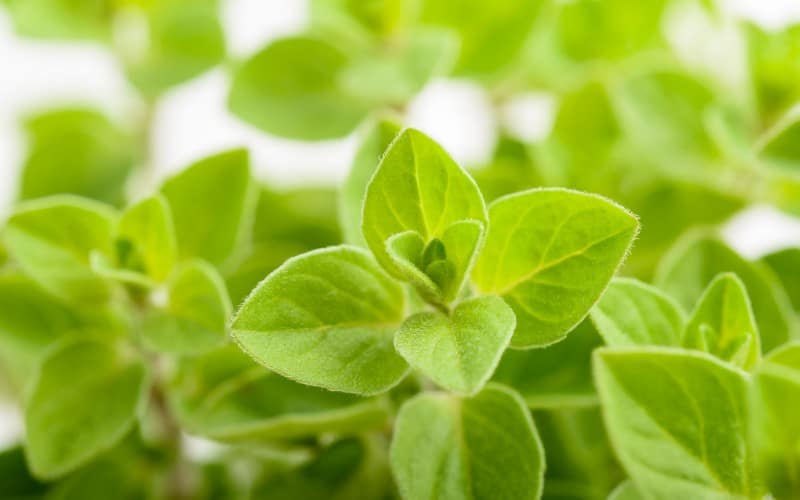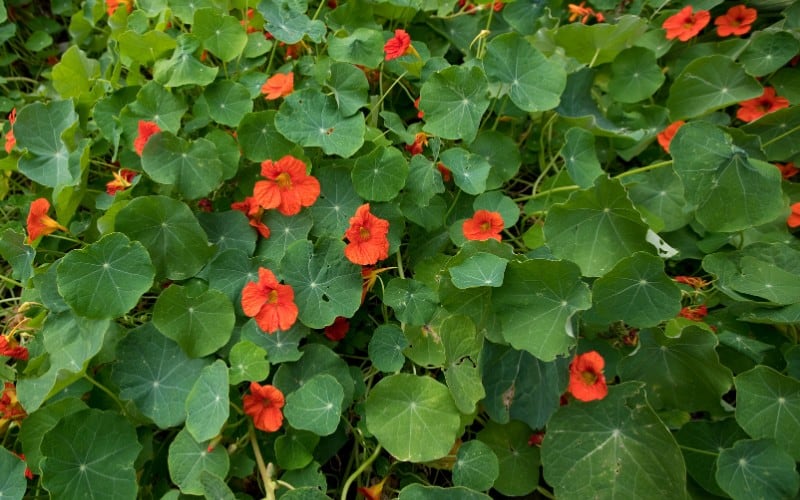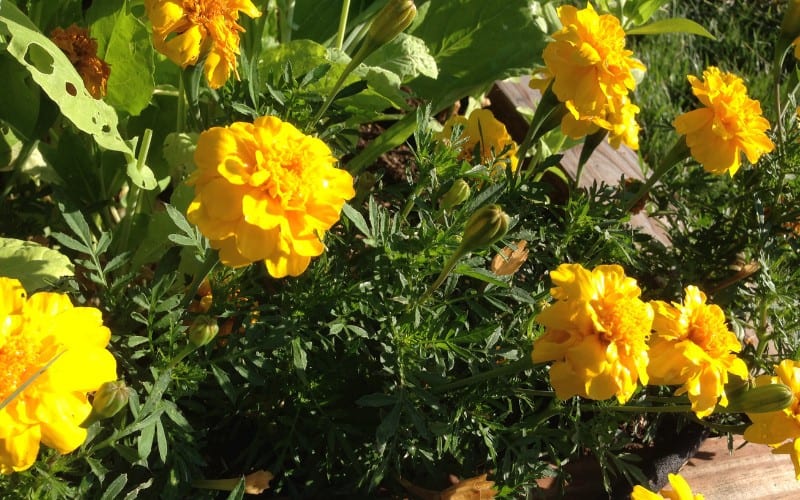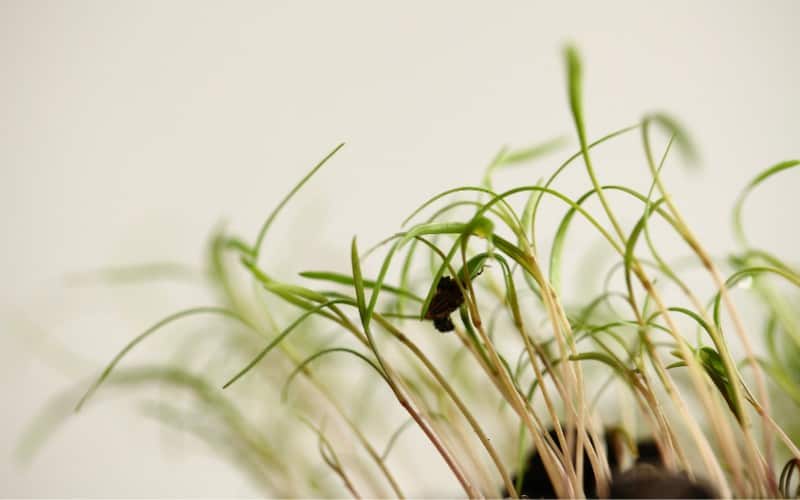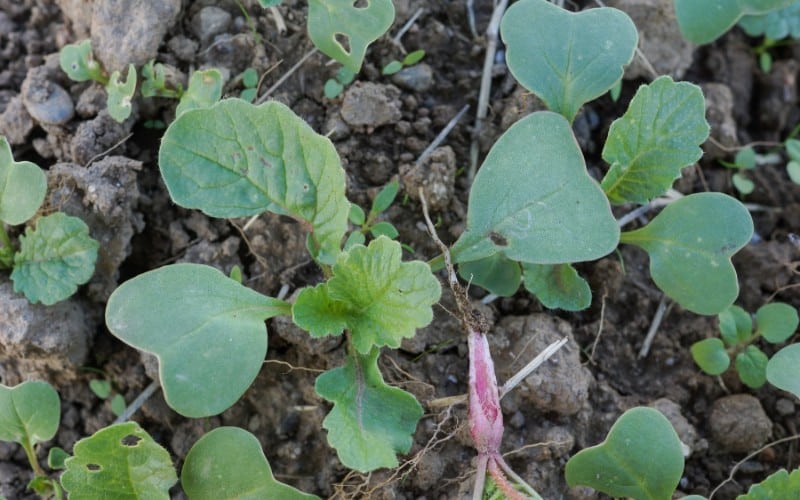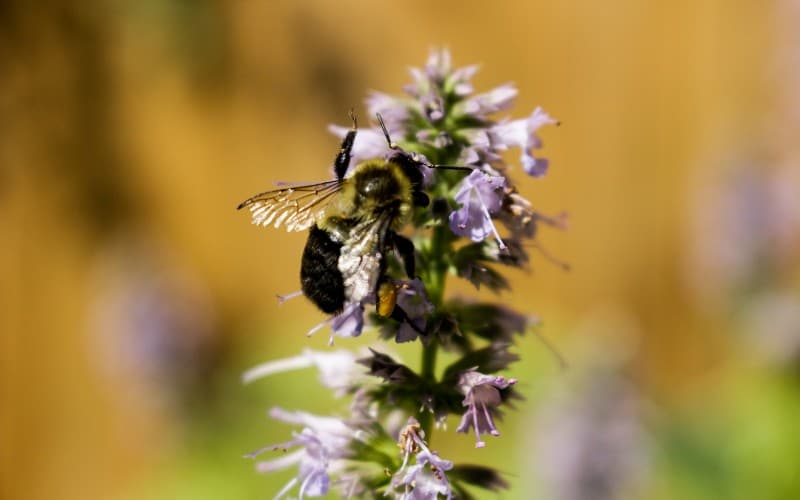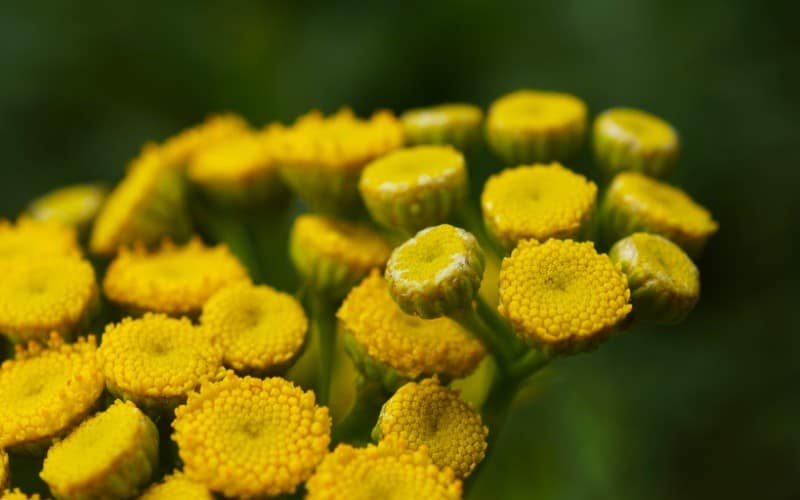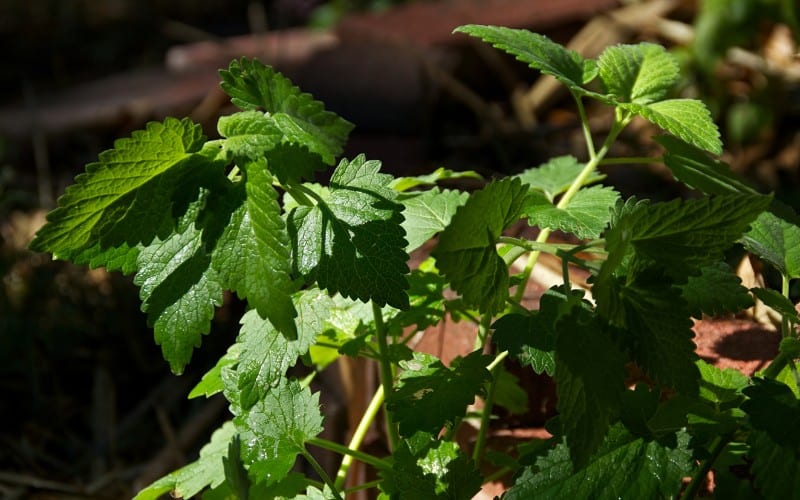There are many companion plants for pumpkin that you probably don't know about. Companion planting is not a new concept. Farmers and gardeners have been practicing companion planting for hundreds of years.
It is simply the cultivation of two or more plants to enhance the development of each other and repel pests. This method of planting gets the best out of your crops and fosters increased yield. Native Americans practiced the most popular kind of companion planting. They planted what was known as 'the three sisters.'
These sisters: beans, squash, and corn, helped themselves to thrive. Beans fixed nitrogen; squash prevented water from leaving the soil by acting as a soil cover, and corn gave support for the beans to climb.
Nowadays, gardeners have discovered a variety of other plants that could be planted together for maximum results. In this article, we will talk about companion plants for pumpkin.
Table of Contents
Companion Plants for Pumpkin
Pumpkin is one of the plants that can be grown with other plants. There are many reasons why you might consider planting pumpkin with these plants. Check out some of these plants below to see why.
1. Melon
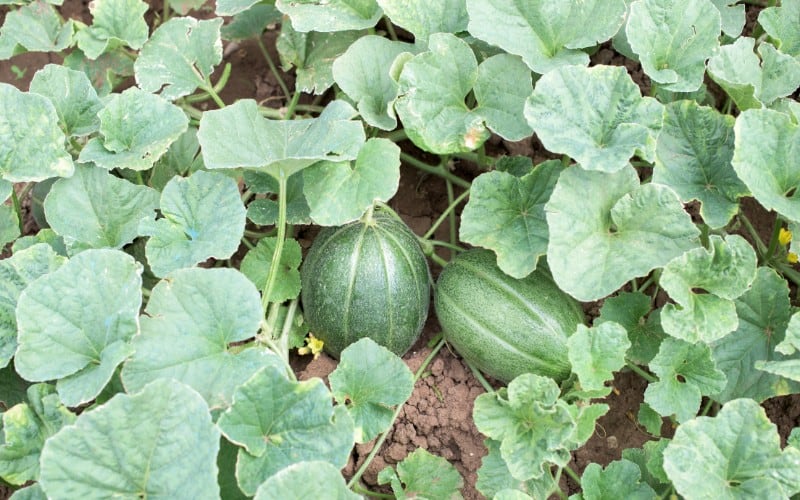
Pumpkins and Melons come from the same Cucurbitaceae family. They have the same soil, sunshine, water, and nutrient requirements. The only downside to planting these two together is that they require a lot of space.
The vast foliage that the pumpkin generates leaves no room for weeds to grow. Hence, your melon can thrive without weeds choking them.
Again, the pests that disturb melons are distracted and confused by the color of your pumpkin. Pests that disturb the pumpkin, like the cucumber beetles, get confused at the melons' color, and this discourages their activities.
2. Squash
Just like the melon, the squash also belongs to the same family as the pumpkin. And not only that, both are members of the same species and can cross-pollinate in the second generation. They also have the same soil, nutrients, water, and sunshine requirement.
The reason why you should plant these two together is because of their color. They have bright colors that confuse the insect pests that are after them. And this confusion is essential in discouraging pests from attacking them.
3. Marjoram
Many gardeners mistake this plant often for its relative, oregano, but they are different. Marjoram has a sweeter taste. It also has this floral and spicy smell.
When you plant them in your garden together with the pumpkin, you have something to use as a flavor for your meals.
Marjoram is a selfless plant. Not only does it produce sweet flavor itself, but it also causes the pumpkin to have sweeter flesh too. So, you are getting two values for the price of one: a fine herb for the kitchen and a tastier pumpkin.
4. Nasturtiums
One of the greatest antagonists of planting is pest infestation. Every agriculturist dreads this and does all they can to avoid it.
Squash bugs do not hesitate when they see pumpkins. They are lousy and ruthless pests and can ruin all your fine efforts within days or weeks.
This is where the nasturtiums come in. Their flowers are spicy and would discourage squash bugs from coming close. Nasturtiums attract the natural insects that prey on the pests that eat pumpkin, like cucumber beetles, whiteflies, and aphids.
5. Corn
Corn is one of the crops called 'the three sisters.' The others are squash and beans. Well, corn is versatile; it can also serve as a companion plant for pumpkin.
Pumpkins are vine plants, and they will help cover the ground to prevent water loss and discourage the growth of weeds on your farm. The corn, on the other hand, will provide the trellis needed for the corn to grow.
6. Beans
Still one of the three sisters, beans are very instrumental when you plant them with pumpkins. Beans are legumes that are characterized by their root noodles. These root noodles house microorganisms that can trap nitrogen in the atmosphere and make it available for plant use.
Nitrogen is an essential nutrient for plants. On the other hand, pumpkin leaves cover spaces on the soil and prevent water loss and weeds' growth.
7. Marigold
Many extol this plant for its ability to repel many kinds of pests. While some of the claims may be far-fetched, some are true. One of the claims is that marigold combats root-knot nematode, one of the diseases that plague the pumpkin.
The plant gives off a chemical that is toxic to the nematode. They inhibit the growth of the nematode. Planting them in between your pumpkins will assure you of a disease-free harvest.
8. Oregano
Oregano is a relative of marjoram. It is spicy and popular in Italian and Mexican cuisines. You can easily plant them in your garden with the pumpkin.
It grows relatively quickly and does not need much soil to grow. The oregano will drive away pests that feed on the pumpkin with its spicy smell and hot taste.
Oregano repels cabbage bugs that also feast on pumpkins. It also covers the soil, so water does not escape. Lastly, it attracts hoverflies that eat aphids. On the other hand, pumpkin prevents weeds from running riot in the garden and choking the oregano.
9. Dill
Dill is a well-known cooking herb that many use to make dishes. Many gardeners prefer growing their dill instead of buying outside because that is the only way to be assured that you are using a fresh one.
You can add one more reason why you have to grow your dill. Dill is instrumental in repelling ravaging pests like the squash bug. You get an excellent herb for your dishes, and you also save your pumpkin from pest attacks.
10. Radish
Radishes may be the odd ones on the list as they are merely trapped crops. They do not necessarily 'give' anything to the pumpkin.
However, what they do is distract the flea beetles that will most likely destroy your pumpkin. Flea beetles will readily choose radish over the pumpkin. So, the radish is the price for keeping the pumpkin safe.
11. Basil
Basil is a minty herb that is popular in many kitchens. Many people also regard it as one of the plants that have miraculous healing abilities. While that is yet to be confirmed, basil has many minerals and vitamins that can improve your health.
You can plant this basil near your pumpkin, and rest assured that insect pests will leave you be. The minty flavor and taste will repel insects like the squash bug.
12. Lavender
Arguably a sweetheart for those that plant herbs, lavender has a sweet scent and deep blue color. They are quite a beauty to behold. The pumpkin does not look half as attractive as the lavender; hence, it may be hard for bees to notice and pollinate them.
The bees will show up and pollinate not just the lavender but also the pumpkin hanging. You can also plant the lavender just for the fragrance, which is rich and long-lasting.
13. Korean Licorice Mint
This mint is one of the plants that attract hoverflies the most. Licorice mint is quite useful when planted alongside the pumpkin in the garden.
When the hoverflies show up, they lay eggs on Licorice leaves. The larvae that hatch from the eggs feed on pests of pumpkins like mealybugs, aphids, and mites.
The beautiful color of the minty plant will also add aesthetics to your garden. This plant is not just resistant to insect pest; it is deer-resistant too and can withstand long hours of sunshine.
Read Also: Evergreen Flowring Shrubs for Full Sun
14. Sunflower
The sunflower is one of the most popular plants globally, known for its yellow color and flowers that mimic the sun's glow. It is one of those plants that you can cultivate beside the pumpkin. Sunflowers attract pollinators wherever they are.
Farmers usually plant corn, pumpkins, beans, and sunflowers together, and the job in the combo is to distract birds from pecking and picking the corn. The sunflower provides a stem for the beans to climb, and the pumpkin leaves will serve as a cover for the ground.
15. Tansy
Another plant that you can cultivate with the pumpkin is Tansy. Tansy is an ornamental plant that helps to increase the level of potassium in the soil.
It also helps to repel Japanese beetles. So, you can get a fancy plant beautifying your garden and, at the same time-fighting pest infestation.
16. Chamomile
Most gardeners do not take chamomile seriously. They usually see it as a weed. But this herb with a strong scent is useful in getting beneficial insects to pollinate the pumpkin in your garden.
17. Catnips
Just like the chamomile above, the catnip attracts useful insects that can pollinate the pumpkins in your garden. Catnip should be planted with care, seeing that sometimes, they attract squash beetles.
Pumpkin Companion Plants | Conclusion
You can never overemphasize the importance of companion planting. The benefits are rich and rewarding. There are many other plants that you can plant with pumpkins, but these 17 companion plants for pumpkin listed here are the major ones. Why not give companion planting a try?


